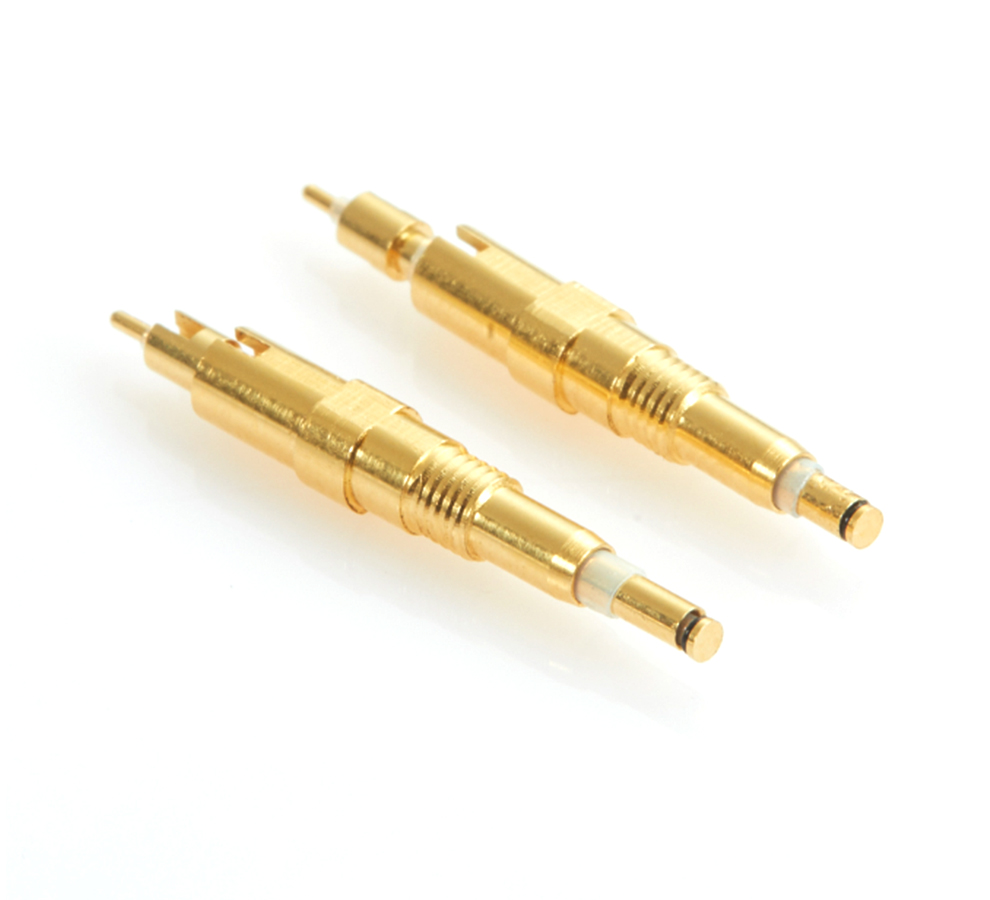Time:2025-06-27 Views:1 source:News

Spring probes, or pogo pins, have specific process requirements to meet the demanding performance and reliability standards in various applications, especially in the electronics industry. These requirements cover aspects such as material quality, dimensional accuracy, surface finish, electrical conductivity, and mechanical durability.
Material quality is of utmost importance. As previously discussed, the materials used for spring probes must have excellent electrical, mechanical, and chemical properties. The wire used for the pin body, spring, and plunger should be of high purity and free from defects. For example, impurities in the metal can affect the electrical conductivity and mechanical strength of the probe. The material should also have good formability to ensure that it can be accurately shaped during the manufacturing process without cracking or deforming.
Dimensional accuracy is a critical process requirement. Spring probes have very tight tolerances for their dimensions, including length, diameter, and internal cavity size (in the case of spring - loaded probes). Even a slight deviation in these dimensions can lead to poor electrical contact or mechanical fit. CNC machining is often employed to achieve the required precision. For instance, the diameter of the pin may need to be controlled within a tolerance of ±0.01 mm to ensure proper mating with the corresponding socket or contact pad.
Surface finish also significantly impacts the performance of spring probes. A smooth surface finish on the contact area of the probe reduces contact resistance and prevents oxidation and corrosion. Precision grinding and polishing processes are used to achieve a mirror - like surface finish. Additionally, surface treatments such as plating are applied not only to enhance electrical conductivity but also to improve the surface hardness and wear resistance of the probe.
Electrical conductivity requirements are stringent for spring probes. They must provide a low - resistance path for electrical current to flow. The choice of material and the quality of the plating layer are crucial in ensuring good electrical conductivity. Gold plating, with its low contact resistance and excellent corrosion resistance, is commonly used for the contact tips of spring probes. The plating thickness should also be carefully controlled to ensure consistent electrical performance.
Mechanical durability is another key process requirement. Spring probes are often subjected to repeated insertion and extraction cycles, as well as mechanical shocks and vibrations. The spring should have a long fatigue life, and the overall structure of the probe should be able to withstand these mechanical stresses without failure. Fatigue testing, where the probe is repeatedly compressed and extended for a large number of cycles, is carried out to verify its mechanical durability. The probe should also maintain its performance characteristics, such as contact force and electrical conductivity, even after extensive use.
Read recommendations:
Manufacturer of Magnetic PogoPin